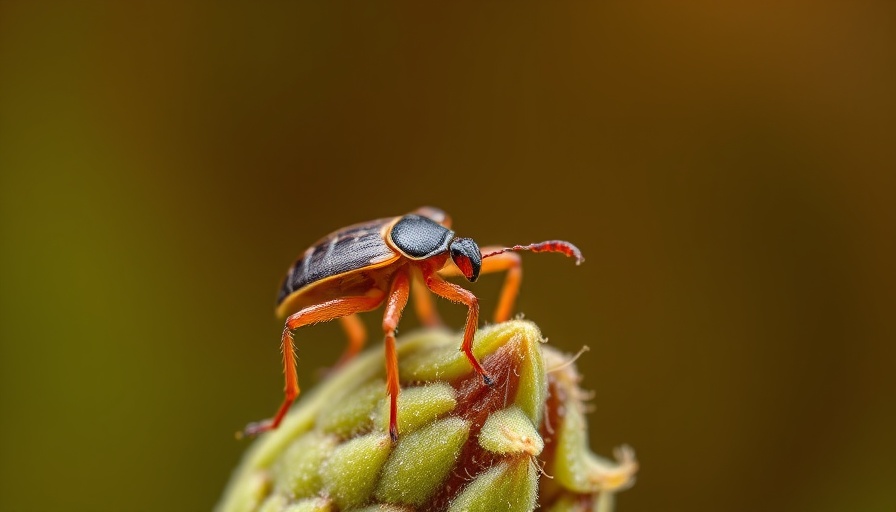
Understanding Tick-Borne Pathogens: Key Transmission Factors
As we continue to unravel the intricacies of tick-borne diseases, Susan E. Little, DVM, PhD, DACVM from Oklahoma State University, shed light on the complexities shaping disease transmission among ticks at the 2025 AVMA Convention. In a provocative discussion focusing on the nuances of transmission, Little noted that the duration a tick feeds is not a straightforward question—it "depends" on various factors.
Factors Influencing Transmission Rates
The time required for a tick to effectively transmit a pathogen hinges on the tick species, the type of pathogen, the tick’s life stage, and environmental conditions such as temperature and humidity. All these elements dictate how quickly a tick can spread infectious diseases to their canine and human hosts. Notably, existing research primarily extrapolated findings from studies conducted on different species, indicating the need for more localized investigations.
The Role of Tick Species and Life Stages
Different species present unique transmission profiles. For instance, while some ticks, like Rhipicephalus sanguineus (brown dog tick) and Dermacentor variabilis (American dog tick), normally infect dogs in their adult stage, this behavior significantly affects the timing and efficacy of pathogen spreading. Insights shared by Little emphasize that larvae, nymphs, and adults exhibit variations in feeding durations—each stage requires different lengths of time to transmit pathogens, influencing their patterns of infection.
Environmental Influences on Transmission
Interesting environmental factors further complicate the picture. Most ticks thrive in wildlife and nature, feeding off both canine and human hosts as they venture outdoors. However, the brown dog tick uniquely resides in homes and kennels, leading to an increased risk of transmission in domestic settings. Little explains that understanding these habitats is crucial for effective prevention strategies.
Activity Patterns of Ticks: The Hunter vs. Questing Behavior
Traditionally, ticks were perceived as passive hunters, waiting for hosts to brush against them. However, Little clarifies that some ticks, such as those from the Amblyomma genus, actively pursue their hosts using cues like pheromones and movement. This hunting behavior showcases an evolutionary adaptation that may enhance their success in finding hosts and transmitting pathogens.
As veterinary practitioners recognize the critical factors influencing tick-borne transmission, it becomes essential to educate clients regarding prevention tactics tailored by habitat and specific tick behaviors. By employing preventive strategies in clinical practices, veterinarians can significantly diminish the impact of these elusive diseases.
 Add Row
Add Row  Add
Add 




Write A Comment